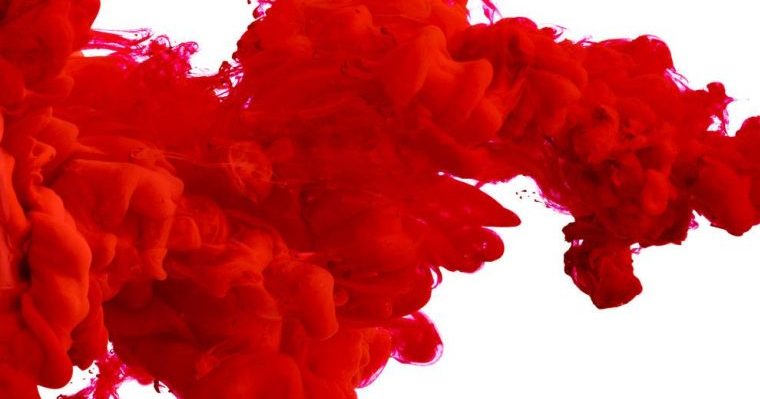Six Colors Of The Period Blood Tells Something About Your Health
Like | DoctorBabu | February 23, 2018 | Health health, healthy tips, Menstrual, Woman
For most women, menstruation begins between ages 12 and 13. You may bleed in what’s commonly called a “period” every 21 to 35 days or so. Your period may be used as a vital health sign. Anything from the length of your cycle to the textures and colors you see may indicate something important about your health.
You may encounter with changes in the color of the blood during different stages of the period. The colors may vary from black to bright red and brown to orange. Even though most colors are quite normal, others may indicate a serious underlying issue.
What does a brown period blood mean?
Typically, brown color indicates old blood. Usually, this color appears in the morning after the sleep. This is associated with:
Beginning or end of menstruation
When your flow is slow, the blood may take longer to exit your body. When blood stays in the uterus longer, it may become brown in color. The blood may also be left over from your last period.
Pregnancy
If you experience spotting during pregnancy, some of it may be brown if the active bleed has stopped
Missed miscarriage
Although miscarriage may be associated with bright red bleeding, some women may experience what’s called a “missed miscarriage.” With this type of pregnancy loss, the fetus stops developing but doesn’t pass from the uterus for at least 4 weeks. You may not experience heavy bleeding or clots, but some women do develop dark brown spotting or bleeding.
What does a pink period blood indicate?
The period blood tends to appear pink in color at the beginning or end of your period, particularly during spotting. This lighter shade indicates the blood has mixed with cervical fluid, thereby, diluting its color.
Pink blood is associated with:
Low estrogen level
Estrogen is the hormone that helps to stabilize the uterine lining. Low level of this hormone leads to the shedding of the uterine lining throughout the cycle. This can turn period blood pink in color.
Mid-cycle spotting
Some women experience spotting during ovulation. This mix of cervical fluid and result in pink color spotting.
Miscarriage
A gush of clear or pink fluid from the vagina is more likely a sign of miscarriage. It is usually associated with cramping and other loss of pregnancy symptoms.
What does bright red period blood mean?
Bright red blood usually tells us that it is fresh, or new, blood. When your flow is heavy, you’ll like see bright red blood. Some women will stay this shade for their whole cycle, which means their flow/uterine shedding is consistent.
Red blood is usually associated with low progesterone levels and high estrogen levels. This type of period indicates :
Infection
Some infections, like Chlamydia and gonorrhea, can lead to bleeding amid the periods. Therefore, If you bleed way before the due periods it is better to consult your doctor.
Polyps or fibroids
These are noncancerous growths in the uterus and it can bring about heavy red color flow during your periods.
What does dark red period blood mean?
You may see dark red blood when you wake up and first use the bathroom on your cycle, in the morning. Or during the middle of your cycle. This is blood that has been sitting in the uterus for a little while.
The dark red period is usually associated with:
Middle or end of Period
During this time the pace of the blood flow decreases giving period blood more time to stop inside the uterus.
What does orange period blood mean?
When blood mixes with cervical fluid it may also appear orange. As a result, you may see orange discharge for the same reasons you see pink discharge.
The orange blood during periods is associated with:
Infection
It can be an indication of bacterial infection or sexually transmitted infection.
What does grey period blood mean?
Gray blood may be a sign of an infection or a miscarriage
The grey period blood is associated with:
Infection
Gray period indicates higher chances of having a bacterial infection like bacterial vaginosis. Fever, itching, pain and foul smell usually accompany in most of the cases.

Leave a Reply